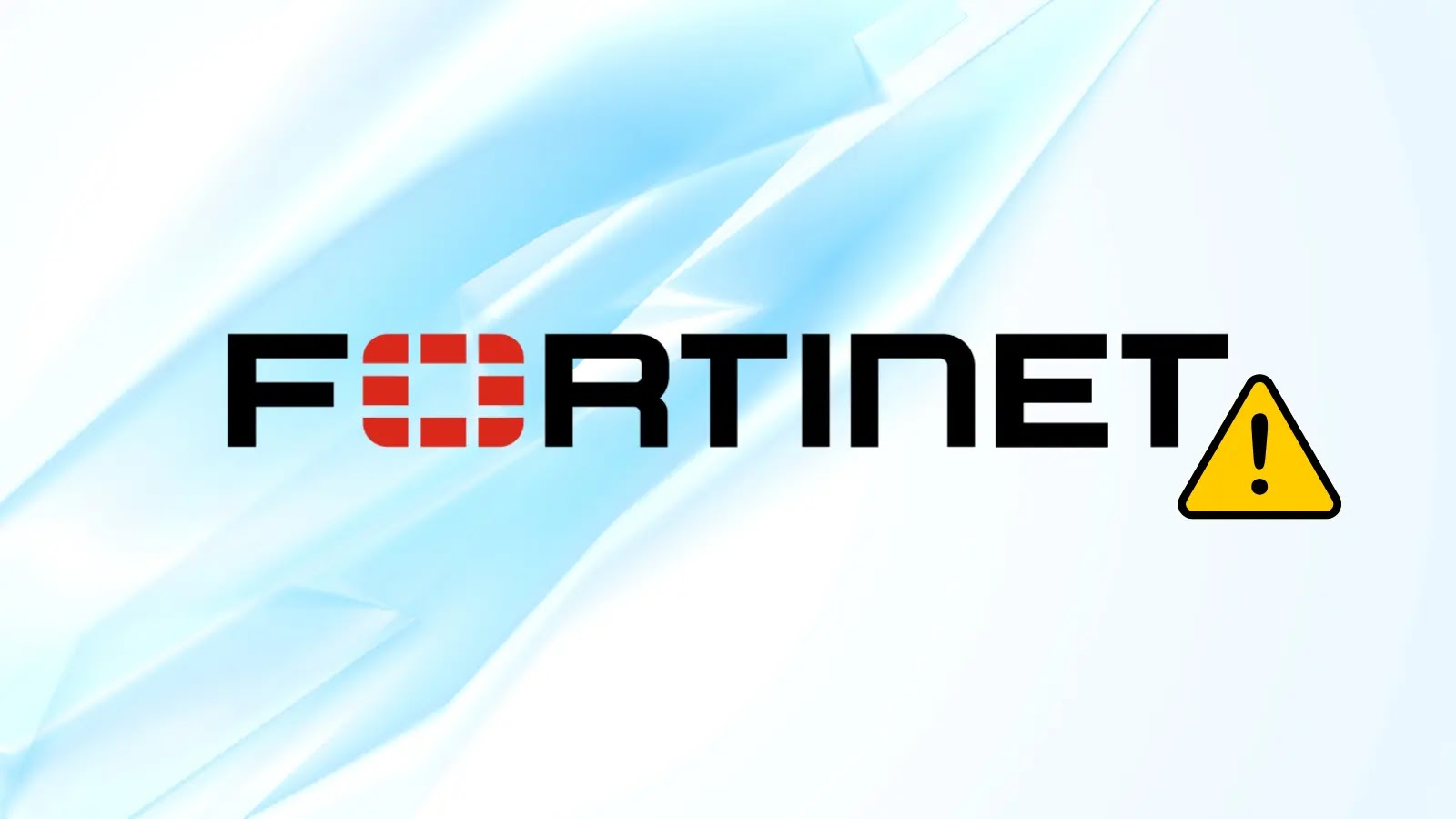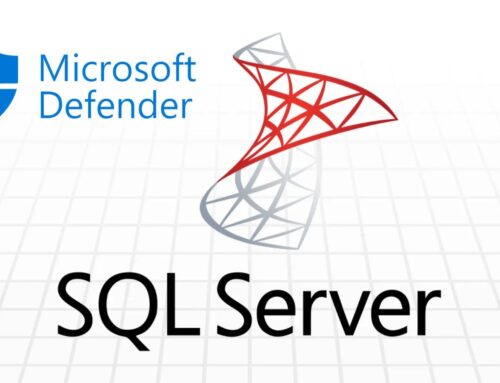
Critical FortiSIEM Vulnerability Lets Attackers Execute Malicious Commands – PoC Found in the Wild
A critical vulnerability has surfaced within Fortinet’s FortiSIEM platform, posing a significant threat to organizations utilizing this security information and event management solution. Details emerging from the cybersecurity community reveal that unauthenticated attackers can exploit this flaw to execute arbitrary commands remotely, granting them unauthorized control over affected systems. Disturbingly, a proof-of-concept (PoC) for this vulnerability has been found in the wild, indicating active exploitation by malicious actors.
Understanding the FortiSIEM Vulnerability
The vulnerability, officially tracked as CVE-2025-25256, is classified under CWE-78 (OS Command Injection). This classification highlights the core of the issue: an attacker can inject malicious operating system commands through inadequate input validation, which are then executed by the underlying system with elevated privileges. The “critical” severity rating is not merely a formality; it reflects the potential for complete system compromise, data exfiltration, service disruption, and the establishment of persistent backdoors without requiring prior authentication.
The presence of a publicly available PoC dramatically escalates the urgency for remediation. When exploit code is widely circulated, even less sophisticated attackers can leverage it, expanding the pool of potential threats and significantly increasing the risk of widespread compromise. Organizations running vulnerable FortiSIEM versions are, therefore, immediately exposed to targeted attacks.
Impact of OS Command Injection Exploitation
Successful exploitation of CVE-2025-25256 can lead to a range of devastating consequences, including but not limited to:
- Remote Code Execution (RCE): Attackers gain the ability to run arbitrary code on the FortiSIEM server, effectively taking full control of the system.
- Data Exfiltration: Sensitive logs, configurations, and potentially other critical data stored on or accessible through the FortiSIEM instance can be copied and stolen.
- System Compromise: The compromised FortiSIEM instance can serve as a pivot point for launching further attacks into the internal network, impacting other critical infrastructure.
- Service Disruption: Attackers can disrupt the FortiSIEM service itself, hindering an organization’s ability to monitor security events and detect ongoing intrusions.
- Persistence: Malicious actors can establish backdoors or create new user accounts to maintain access even after the initial exploit is patched.
Remediation Actions for FortiSIEM Users
Immediate action is paramount to mitigate the risks posed by CVE-2025-25256. Fortinet users should prioritize the following steps:
- Patch Immediately: The most crucial step is to apply the security patches provided by Fortinet as soon as they become available. Monitor official Fortinet security advisories and announcements for specific patch versions and deployment instructions.
- Isolate FortiSIEM Instances: If immediate patching is not possible, consider isolating your FortiSIEM instances from direct internet access. Restrict inbound connections to only necessary and trusted IP addresses.
- Network Segmentation: Ensure that your FortiSIEM deployment is adequately segmented within your network, limiting its ability to communicate with other critical systems unless explicitly required.
- Monitor for Suspicious Activity: Actively monitor FortiSIEM logs and network traffic for any signs of unusual activity, unauthorized access attempts, or command injection indicators. Look for unexpected process creations, outbound connections, or modifications to system files.
- Review Access Controls: Regularly review and enforce the principle of least privilege for all user accounts and services interacting with FortiSIEM.
- Backup Critical Data: Ensure regular and secure backups of your FortiSIEM configurations and data.
Detection and Monitoring Tools
Leveraging appropriate tools can aid in detecting potential exploitation attempts or post-exploitation activities related to CVE-2025-25256. While FortiSIEM itself is the target, other security tools can help bolster defenses:
| Tool Name | Purpose | Link |
|---|---|---|
| Intrusion Detection/Prevention Systems (IDPS) | Detect and block known exploit patterns and suspicious network activity. | (Varies by vendor) |
| Network Traffic Analysis (NTA) Tools | Monitor network flows for anomalous communication patterns and exfiltration attempts. | (Varies by vendor) |
| Endpoint Detection and Response (EDR) | Monitor FortiSIEM server’s underlying OS for malicious process execution, file modifications. | (Varies by vendor) |
| Vulnerability Scanners | Periodically scan FortiSIEM installations for known vulnerabilities, including CVE-2025-25256. | (e.g., Nessus, OpenVAS) |
Key Takeaways
The discovery of CVE-2025-25256 and the circulation of a PoC underscore the volatile nature of the threat landscape. Organizations must prioritize addressing this critical FortiSIEM vulnerability to prevent severe security breaches. Swift patching, robust network segmentation, and diligent monitoring are essential to protect against active exploitation and maintain the integrity of security operations.





